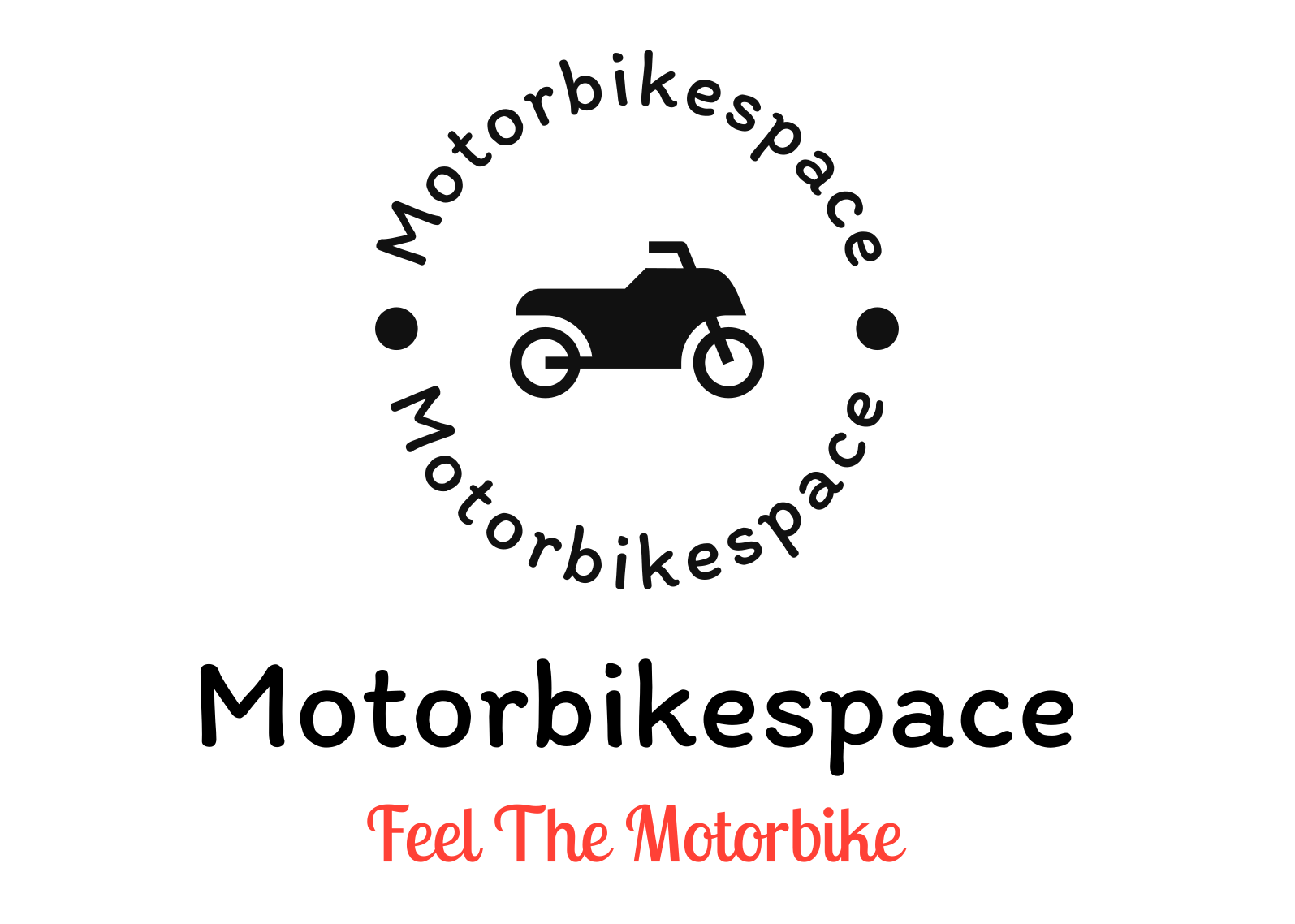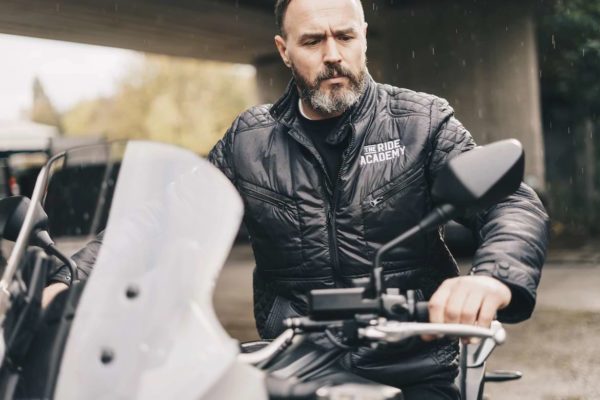The motorbike clutch is indeed the crucial motorbike component making your motorbike move ahead. Now the question arises, when should you engage a motorcycle clutch?
You should engage the motorbike clutch only when you shift the motorbike gear or disengage the engine with the motorbike gear. Motorbike clutch only helps you to engage the power transmission from the motorbike engine to the tires. You need to disengage the motorbike clutch when you shift the motorbike gears or want to terminate the engine power to the motorbike tires.
Let’s consider what it means and what you can do about it.
While writing the post, I leave no stone unturned so you can know when you should engage a motorcycle clutch.
Table of Contents
When Should You Engage a Motorcycle Clutch?
The motorbike clutch is a crucial component of your motorbike, and that’s why you need to know when you should engage the motorcycle clutch.
You should engage the motorbike clutch only when you shift the motorbike gear or disengage the engine with the motorbike gear. Motorbike clutch only helps you to engage the power transmission from the motorbike engine to the tires.
Without the motorbike clutch, you won’t be able to engage the motorbike gears or transmit the power to the motorbike tires.
When Should You Disengage a Motorcycle Clutch?
Indeed you need to engage the motorbike clutch when shifting the gears or transmitting the engine power to the motorbike tires; now the question arises, when should you disengage a motorcycle clutch?
You need to disengage the motorbike clutch when you shift the motorbike gears or want to terminate the engine power to the motorbike tires. However, you need to disengage the motorbike clutch with the synchronization of the motorbike throttle, and failing to do so will stall your motorbike.
Do Engaging and Disengaging Bad for the Clutch?
So far, you understand when you should engage and disengage the motorbike clutch while riding the motorbike; now the question arises, is engaging and disengaging bad for the clutch?
Engaging and disengaging the motorbike clutch produces heat because of friction which isn’t suitable for your motorbike, and that’s why you need to insert clutch fluid to minimize the friction. However, suppose your motorbike clutch is well-oiled then your motorbike clutch will be good, and an engaging motorbike clutch won’t cause any problems.
Even the motorbike clutch is made to engage and disengage, and it won’t cause any damage to your motorbike.
Can you hold the Motorbike Clutch?
Indeed engaging and disengaging the motorbike clutch won’t affect the motorbike clutch badly; now the question arises, can you hold the motorbike clutch?
You can hold the motorbike clutch for a short time, and it won’t cause any harmful effects on the motorbike clutch and engine either. Holding the motorbike clutch will stop your motorbike and won’t engage your engine.
But for an extended period, you need to set your motorbike neutral, so it does not move when leaving the clutch.
Do You Need to Engage a Motorbike Clutch While Turning?
So far, you understand that holding the clutch won’t cause any harmful effect on the motorbike clutch and the engine; now the question arises, do you need to engage a motorbike clutch when turning?
Engaging the motorbike clutch helps to slow down the motorbike by stopping the transmission of the motorbike engine power to the tires. If it’s a sharp turn and you want to slow down the motorbike, then you can engage the motorbike clutch.
Engaging a motorbike clutch slows down your motorbike and will help you to take sharp turns safely.
Can You Engage the Motorbike Clutch with Brake?
Engaging the motorbike clutch will cause your motorbike to slow down; now the question arises can you engage the motorbike clutch with a brake?
The motorbike brake makes your motorbike stop completely, while the motorbike clutch slows down your motorbike slowly and safely.
The motorbike clutch with the brake is safe and won’t cause any fault. However, some riders avoid it because, in the sharp turn, engaging both components can slip your motorbike.
When Shouldn’t You Engage the Motorbike Clutch?
So far, you understand that you should only engage the motorbike clutch when shifting the motorbike gear. Now the question arises when you shouldn’t engage the motorbike clutch.
You shouldn’t engage the motorbike clutch when speeding your motorbike because engaging the clutch will stop power transmission, which slows down your motorbike.
You can only engage the motorbike clutch when speeding the motorbike and shifting the gear or slowing down the motorbike.
Can You Engage the Motorbike Clutch with Accelerator?
Indeed you should engage the motorbike clutch only when slowing down the motorbike; now the question arises, can you engage the motorbike clutch with the accelerator?
You can’t engage the motorbike clutch with the accelerator because accelerating the motorbike will increase the motorbike speed while engaging the clutch will slow down the motorbike.
Engaging both components will have the opposite effect. It won’t make your motorbike move, and it would be useless to engage both components together.
You can engage motorbike acceleration only when disengaging the clutch, as it will help your motorbike gain some momentum.
What if You Simply Press the Motorbike Clutch?
So far, you understand that you can’t engage the motorbike clutch and accelerator together; now the question arises, what if you simply press the clutch?
Simply press the motorbike clutch, and then your clutch will cause engine power transmission to the tire, and your motorbike will start to gain momentum.
And at this time, you’ll have to engage the motorbike throttle to catch further speed. Slowly releasing the motorbike clutch, a beginner can safely ride the motorbike.
Why Experts Recommend Holding the Clutch While Starting a Motorcycle?
So far, you understand what if you press the motorbike clutch simply; now the question arises, why do experts recommend holding the clutch while starting a motorcycle?
Experts recommend holding the clutch while starting the motorbike because old models still don’t come with the intelligent technology which restricts motorbikes from shifting gears while starting the motorbike.
Also, suppose there’s any intelligent technology system fault. In that case, your motorbike might shift to the gear at the moment when you start the motorbike. And to be on the extra safe side, experts recommend holding the motorbike clutch while starting a motorcycle.
Do You Hold the Clutch When Kickstarting the Motorcycle?
Indeed to be on the extra safe side, you can press the clutch while starting the motorbike. Now, do you hold the clutch when kickstarting the motorbike?
There Are two types of motorbike kick start mechanisms, one which requires you to press the motorbike clutch and the other in which you don’t require such. If your motorbike moves forward as you kick start, you need to set the motorbike on neutral or press the clutch.
And if your motorbike doesn’t move an inch when kickstarting it, then you don’t need to hold the clutch when kickstarting the motorbike. The motorbike kickstarting mechanism is just a difference, which creates confusion among motorbike riders.
Unlike the traditional motorbike which includes kickstarting the motorbike which needs a clutch, have you wondered whether the electric motorcycle has a clutch? CLICK HERE to find out.
Frequently Asked Questions:
When should you disengage a motorcycle clutch?
You need to disengage the motorbike clutch when you shift the motorbike gears or want to terminate the engine power to the motorbike tires.
Do engaging and disengaging bad for the clutch?
Engaging and disengaging the motorbike clutch produces heat because of friction which isn’t suitable for your motorbike, and that’s why you need to insert clutch fluid to minimize the friction.
Can you hold the motorbike clutch?
You can hold the motorbike clutch for a short time, and it won’t cause any harmful effects on the motorbike clutch and engine either. Holding the motorbike clutch will stop your motorbike and won’t engage your engine.
Do you need to engage a motorbike clutch while turning?
Engaging the motorbike clutch helps to slow down the motorbike by stopping the transmission of the motorbike engine power to the tires. If it’s a sharp turn and you want to slow down the motorbike, then you can engage the motorbike clutch.
Can you engage the motorbike clutch with the brake?
The motorbike clutch with the brake is safe and won’t cause any fault. However, some riders avoid it because, in the sharp turn, engaging both components can slip your motorbike.
Final verdict:
When should you engage the motorbike clutch? You should engage the motorbike clutch only when you shift the motorbike gear or disengage the engine with the motorbike gear.
Motorbike clutch only helps you to engage the power transmission from the motorbike engine to the tires. You need to disengage the motorbike clutch when you shift the motorbike gears or want to terminate the engine power to the motorbike tires.
If you simply press the motorbike clutch, your motorbike will start to gain momentum slowly. You can engage the motorbike gear to further increase your motorbike speed.

Hey, Sana Avery this side, my passion for motorbikes start when I met John (my husband). Together we host various motorbike programs to teach beginner riders to be great riders. On this website, I’ll share my personal experience which I faced as a woman when riding motorbikes and some solution to the problems which many women are facing right now.


